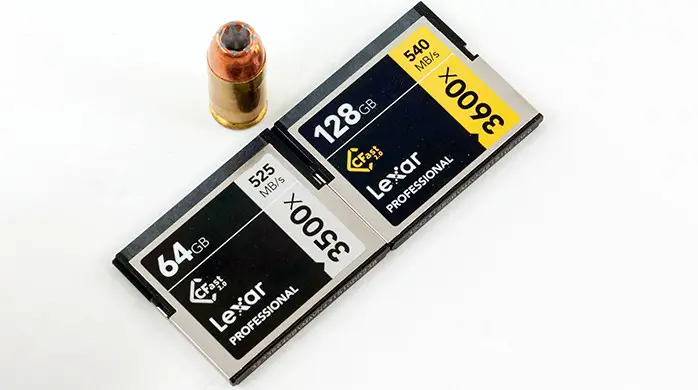As we saw throughout testing consumers interested in either of these two new series really cannot make a bad choice by opting for one over the other. Instead both are safe choices, but both do have different strengths and weaknesses due to different design goals. As such some consumers may spend more than they need to.
For most photography consumers, the cheaper 3500X will be the more optimal solution as it offers basically the same read and write performance of the 3600X, but also offers slightly better small file r/w performance; and does both at lower price point. All these consumers need do…is now wait for Canon and Nikon to announce their new cameras that use this new technology.
By the same token professionals who are interested in using their video camera for extended periods of time will find the better long term performance, better heat dissipation performance, and generally slightly more robust case of the 3600X worth the price premium.
Basically the 3500X is for still cameras where even in burst mode the amount of data pushed will be in the single digit Gigabyte range and occur in a more random fashion – with time for the NAND to cool down. The 3600X on the other hand is for people who will plug it in, fill it to capacity in one long shoot, replace it with another card…and rinse and repeat all day long – as they are on a film set and time is money!
Equally important is neither group of consumer should now consider the 3400X to be a ‘deal’ – as it is vastly inferior to this new generation and has been End Of Lifed (EOL). Yes, they are still going to be available on retail shelves until stock is depleted but the upfront savings are simply not worth it. Stick to the new generation.
ADVERTISEMENT
Lexar Pro 3600x & 3500x
ADVERTISEMENT
$57.98
in stock
7 new from $57.98
1 used from $66.00
as of December 11, 2025 8:03 am
Amazon.com
Page 6 of 8
ADVERTISEMENT
ADVERTISEMENT
Leave Comment













